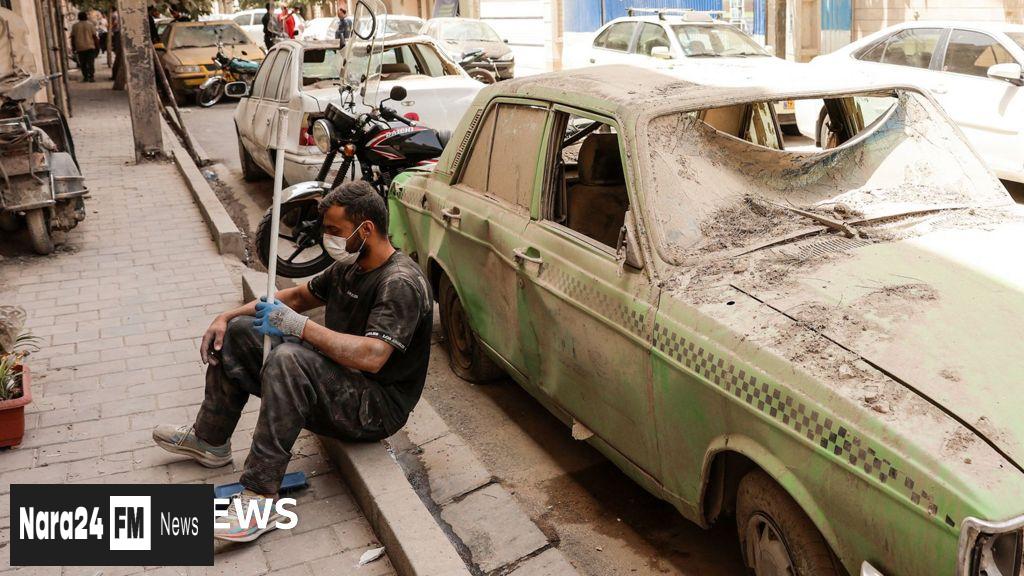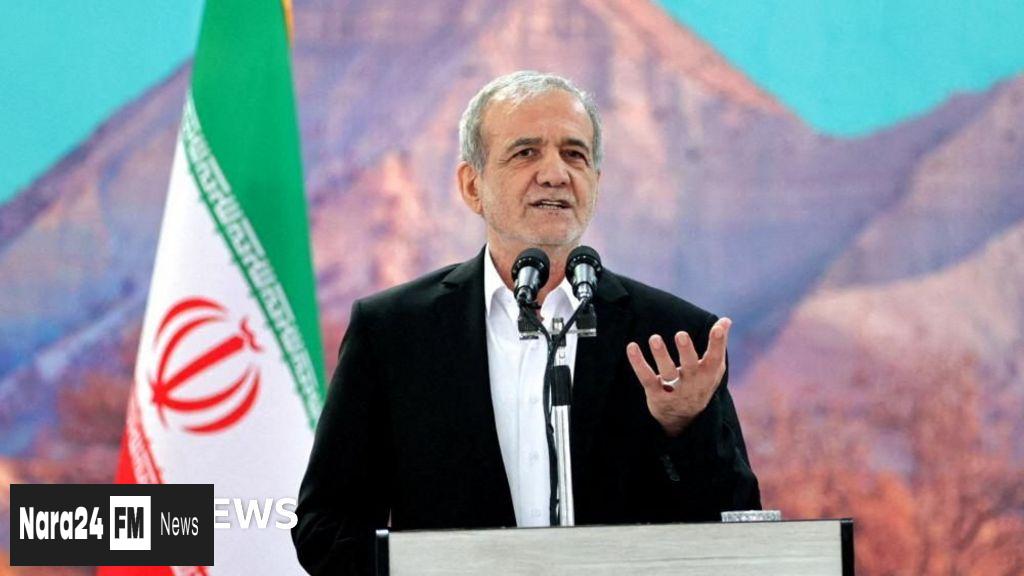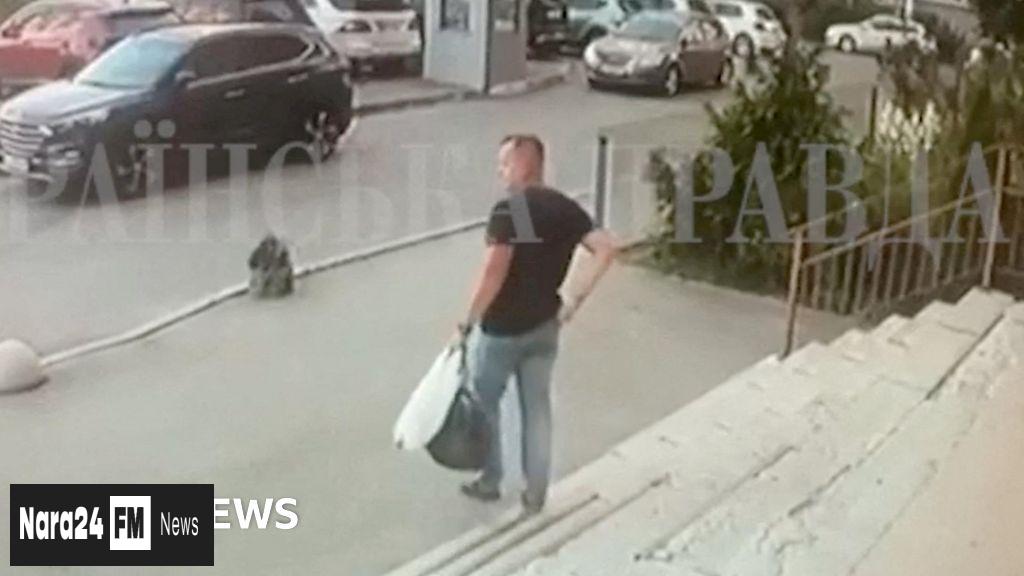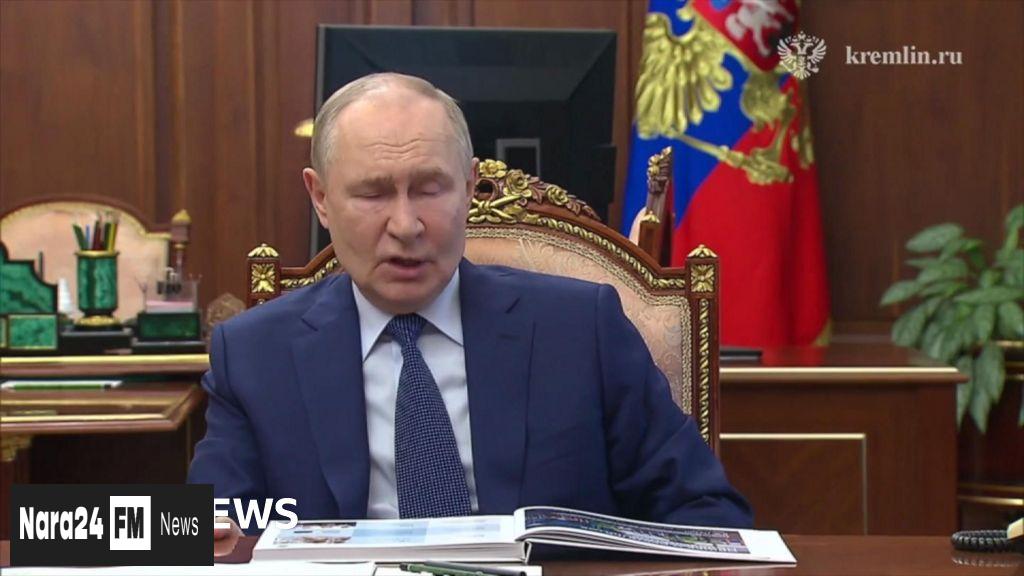In This Article
- Tehran's Gradual Return to Normalcy
- Impact of Sanctions and Restrictions
- Complex Emotions and Struggles
- Remnants of Conflict and Destruction
- Emotional Toll and Fear Among Residents
- Government Reports on Casualties
Tehran is gradually returning to its bustling rhythm, but the scars of recent conflicts linger in the hearts of its residents. In the heart of the Iranian capital, the Boof cafe, nestled within the grounds of the long-abandoned U.S. embassy, serves as a microcosm of the city’s complex emotions. Barista Amir expresses a longing for improved relations between Iran and the U.S., noting that sanctions have severely impacted businesses and restricted travel opportunities. “It’s hard for us to move forward,” he reflects, as he prepares iced coffees beneath a sign that reads, “Keep calm and drink coffee.”
Despite the cafe’s charm, only a few patrons occupy its tables—a mix of women in traditional veils and others defying dress codes, embodying the city’s struggle to reconcile its past with an uncertain future. Nearby, the remnants of Iran’s state TV station, IRIB, stand as a stark reminder of the recent violence. An Israeli strike on June 16 reduced the complex to a charred skeleton, leaving behind twisted metal and shattered glass. Supreme Leader Ayatollah Ali Khamenei’s recent broadcast, accusing the U.S. of seeking Iran’s surrender, was aired from one of the few intact offices.
The conflict has left Tehran’s hospitals overwhelmed. At Taleghani General Hospital, head nurse Ashraf Barghi voices the pervasive fear among residents. “We don’t trust that this war has ended,” she says, recounting the severe injuries she treated following an Israeli strike on Evin prison, which Israel described as a “symbolic” act. Morteza, a hospital patient injured in the attack, insists that Israel’s claims of targeting only military sites are false. “It’s all lies,” he says, showing his wounds.
As Tehran’s streets slowly come alive again, the emotional toll remains evident. The government reports 627 deaths and nearly 5,000 injuries from the 12-day conflict. At the iconic Azadi Tower, a concert by the Tehran Symphony Orchestra aimed to bring solace to a city on edge. Yet, the mingling of supporters and critics of Iran’s government underscores the shared anxiety about the nation’s future. “They have to hear what people say,” insists Ali Reza, a resident reflecting on the need for change.
Tehran’s recovery is a testament to its resilience, but the deep-seated fear and uncertainty among its people highlight the lasting impact of recent events. As the city navigates this fragile peace, the longing for stability and a brighter future remains palpable.








Comments (0)
Leave a Comment
Be the first to comment on this article!